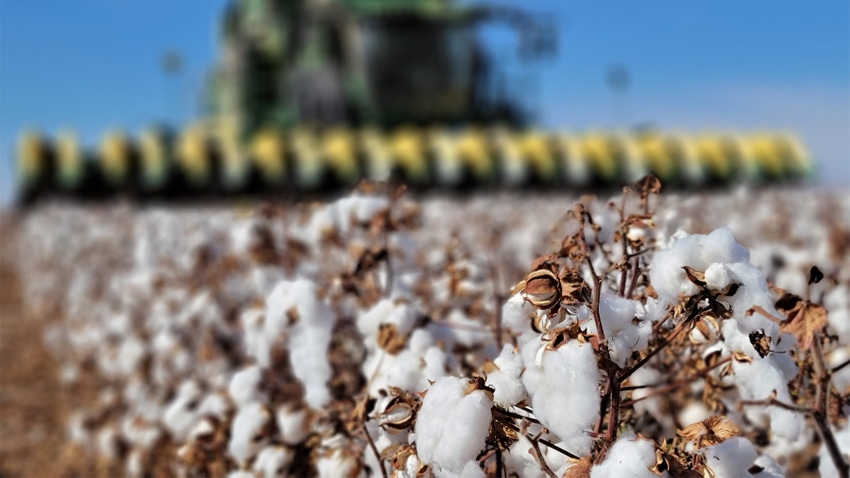
In April, the USDA National Agricultural Statistics Service (NASS) announced the suspension of selected statistical reports and processes, including the annual objective yield sampling effort for U.S. cotton.
The latter report was a process of field sampling of squares and bolls in major cotton-producing states, from which an objective estimate of yield was calculated. This estimate presumably informed the monthly U.S. cotton production forecasts, beginning with the August forecast, with potential to confirm or contradict the earlier (May, June, July) forecasts that are traditionally based on historical average yield and abandonment, along with subjective opinion. In 2019, the start date for objective yield sampling for most of the U.S. was moved from August to September.
Increased forecasting error
The delay of the objective yield survey process, followed by its announced elimination, has the potential for increasing the forecasting error of U.S. cotton production, which has implications for market planning and even price volatility.
Figure 1 provides a description of the variability of USDA NASS monthly forecasts of U.S. cotton by crop year. For example, the year 2012 in Figure 1 graphs the standard deviation (roughly 200,000 bales) around the average of forecasted cotton production from the May 2012 initial monthly forecast through the following April (2013) forecast of 2012 cotton production.
Figure 1. Standard Deviation of Monthly U.S. Cotton Production Forecasts (May to April), By Crop Year.

The graphed points in Figure 1 represent the variation associated with revised production estimates. Through 2018, the public data collection and publication of information to inform the production estimates were the same. Over this period, the variability of those monthly estimates within a given crop year fluctuated between 200,000 and one million bales around the average production for that year. This appears as a fairly narrow, sideways pattern.
Since 2019, there has been a marked increase in variability of the monthly production forecasts around average crop year production for the last five years. This variability reached 1.7 million bales in 2020, and 1.6 million in 2023.
The increase in production forecast variability since 2019 is visually correlated with the delay of objective field sampling for most of the U.S. Cotton Belt until September. It is unknown whether there is any causal influence.
However, the complete elimination of cotton objective yield sampling represents an even larger disruption of previously available information. Our hypothesis is that confirming information on the size of the U.S. crop will have to wait until data from NASS surveys of ginning, as well as, bale counts from USDA classing offices, are finalized in the winter. The absence of in-season, objective yield information adds to market uncertainty with likely price implications.
Source: Southern Ag Today, a collaboration of economists from 13 Southern universities.
About the Author(s)
You May Also Like




